DX model: “1.5th distribution” realized by Rentio for trial purchase and bottom-up marketplace (1/2)
This article is written by Shunsuke Sagara, investment manager at independent venture capital firm Genesia Ventures. You can read the original article here, and read the rest of the article here. Twitter account is @snsk_sgr. For those who need information such as the latest events of Genesia Ventures, please visit "TEAM by Genesia."
In November 2019, "DX compass" touched on five models as the basic modules that the DX business includes, and in August 2020, four more models were announced. I would like to introduce four new types as a sequel.
Those who aspire to start a business in the DX area, those who aim to build a new business model while working in a major company, or those who invest in and support the growth of DX startups as investors are all in the same direction. It would be greatly appreciated if you could help us to realize a prosperous society together.
Type 10: 1.5th Distribution
The 10th type is the "1.5th Distribution" that stitches between the primary distribution (retail sales) and the secondary distribution (used distribution). In the eighth type, we introduced “0th order distribution” using Makuake as an example, but this can be said to be a type of trial purchase (distribution).
With the spread of e-commerce, it is no longer rare for consumers to complete everything from comparisons to purchases online for inexpensive products, but on the other hand, the unit price of home appliances and furniture is relatively high. As in the past, it was necessary to go to the physical store and examine the product for which the feeling of use of the actual product is the decisive factor in consumer purchases.
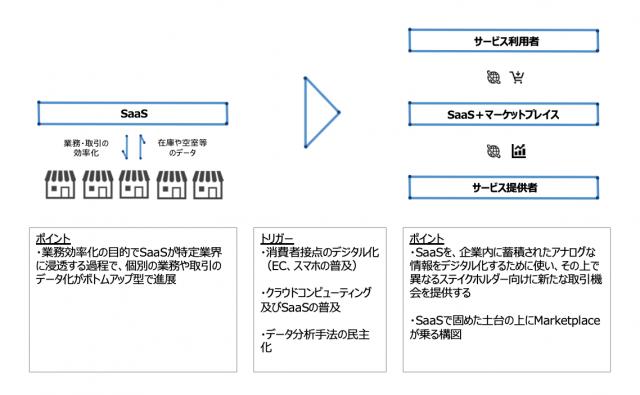
1.5 Secondary distribution is exactly what consumers want, and it is a new distribution format in which an online platform connects users who cannot purchase digitally alone with manufacturers who want to sell products through subscriptions (fixed-price purchases). is.
Rentio, which handles more than 2,450 products, mainly home appliances and cameras, is a good example of a service that encompasses this model and achieves growth. Due to the corona crisis, the needs of users who want to try the actual product before deciding to purchase it without face-to-face contact are increasing, and the use of home appliances to try is growing significantly.
From the manufacturer's point of view, by collecting data such as the interests of final consumers and the primary evaluation of products, which have been held by distributors and retailers, through the platform, upstream processes such as production and planning can be performed at an early stage. It is an attractive distribution format in terms of being able to give feedback on products to , and it can be said that it is a business model that is expected to further develop in the future.
Type 11: Bottom-Up Marketplace
The 11th type is "Bottom-Up Marketplace". This is an online marketplace that connects consumers and businesses by opening the interface to end-users when a product that initially had only the face of SaaS for companies in a specific industry has reached a certain level. It is about transforming into
It can also be described as a "marketplace with delayed effect" in the sense that it collects and aggregates data on the business and transactions of businesses in a bottom-up manner and then provides a marketplace.
U.S. OpenTable and Japan's Treta are typical examples of this type of restaurant reservation system. In other fields, for example, the approach of converting sales receivables into data through accounting software and order management SaaS and connecting it to factoring can be said to be this type.
This type is well suited to industries where consumer contact points are digitized, but the business operator's operation is analog, which damages consumer UX (Japan's existing industries I think most do).
In an industry with these characteristics, it is better to proceed with step-by-step DX through a bottom-up marketplace because even if an online marketplace is launched in a single leap, the information necessary for matching will be insufficient. I think.
Continued next
BRIDGE Members
BRIDGE operates a membership system "BRIDGE Members". BRIDGE Tokyo, a community for members, provides a place to connect startups and readers through tech news, trend information, Discord, and events. Registration is free.Free member registration

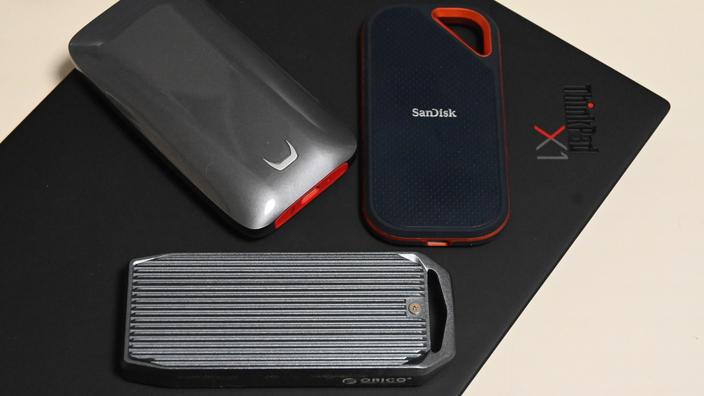
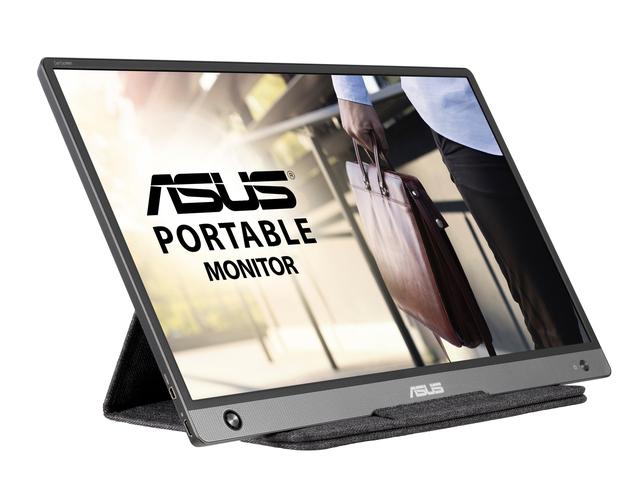
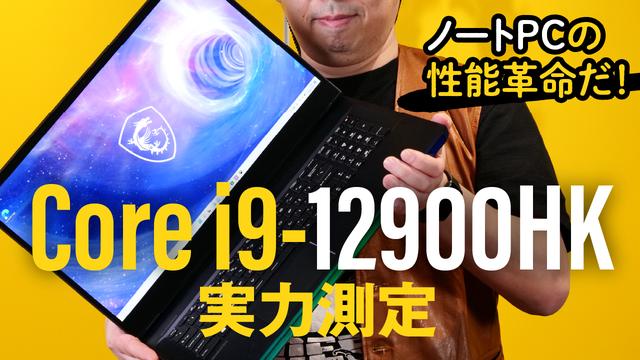
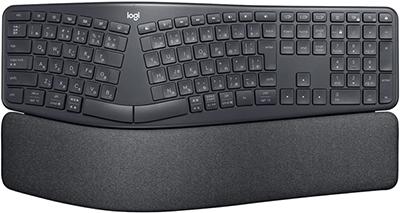

![[July 6 and 7] DX realized by content cloud, advanced platform for business transformation](https://website-google-hk.oss-cn-hongkong.aliyuncs.com/drawing/article_results_9/2022/3/9/6bbafe438d78271513761788166cbf94_0.jpeg)

